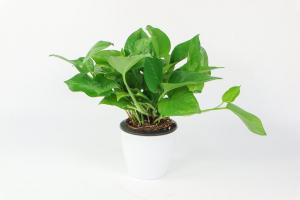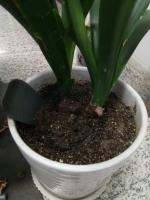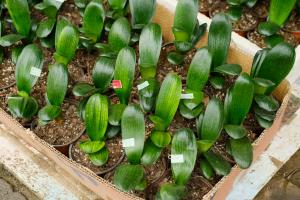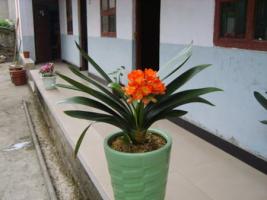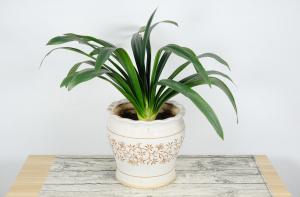1、 Basin soil
The proper basin should be used for the maintenance of large flower Clivia. Because its root system is relatively long, it is best to use a deep and thin signboard basin, so as to facilitate its root growth. The soil should be fertile and have enough organic matter. It is ideal to cultivate with Fagaceae deciduous and semi rotten deciduous leaves. If you can't get it, you can use peat, granular soil and certain base fertilizer to cultivate it
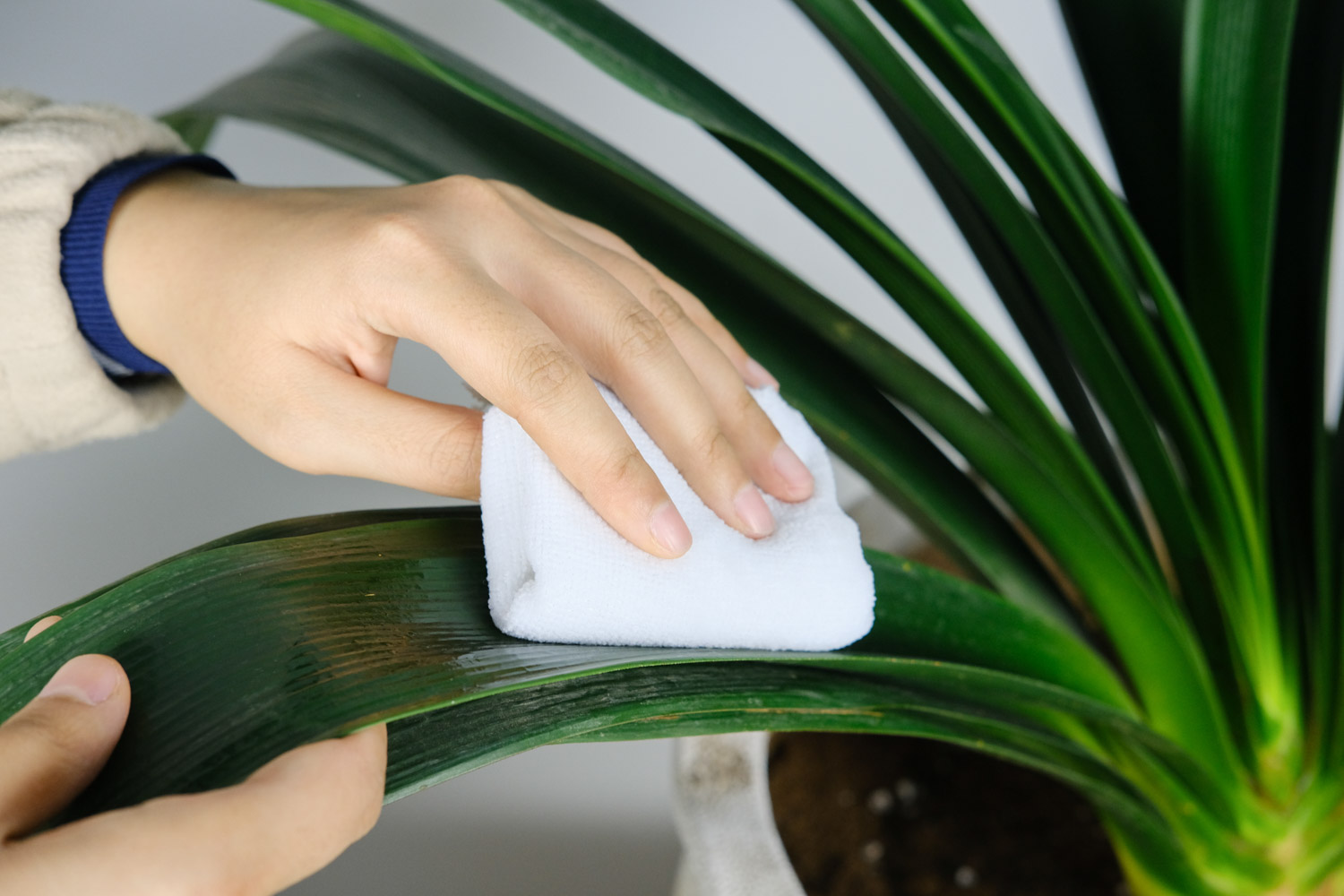
2、 Light
The requirement of Clivia grandiflora for light is that it likes bright scattered light, is afraid of direct sunlight, and is resistant to semi shade. If the light is too strong, its leaves will burn, and if it is too dark, it will grow in vain
3、 Moisture
The growth of Clivia requires the basin soil to be slightly wet. Its roots are fleshy roots. Ponding will cause rotten roots. If it is too dry, the leaves will be dim and narrow, and the performance properties are relatively poor

4、 Temperature
The ideal growth temperature of Clivia grandiflora is about 20 to 25 degrees. It is suggested that the temperature during overwintering should be above 5 degrees. If it is below 5 degrees, freezing injury will occur, and if the temperature is above 35 degrees, it will be in a dormant state. In a day, the temperature difference of about 10 degrees between day and night is very helpful for its flowering
5、 Fertilization
In the maintenance process, the soil of Clivia should be changed once every one to two years. It is also a potted flower that likes fertilizer, so in addition to the dormancy period, it should be given a thin liquid fertilizer every ten days or so during the growth period to meet the growth needs
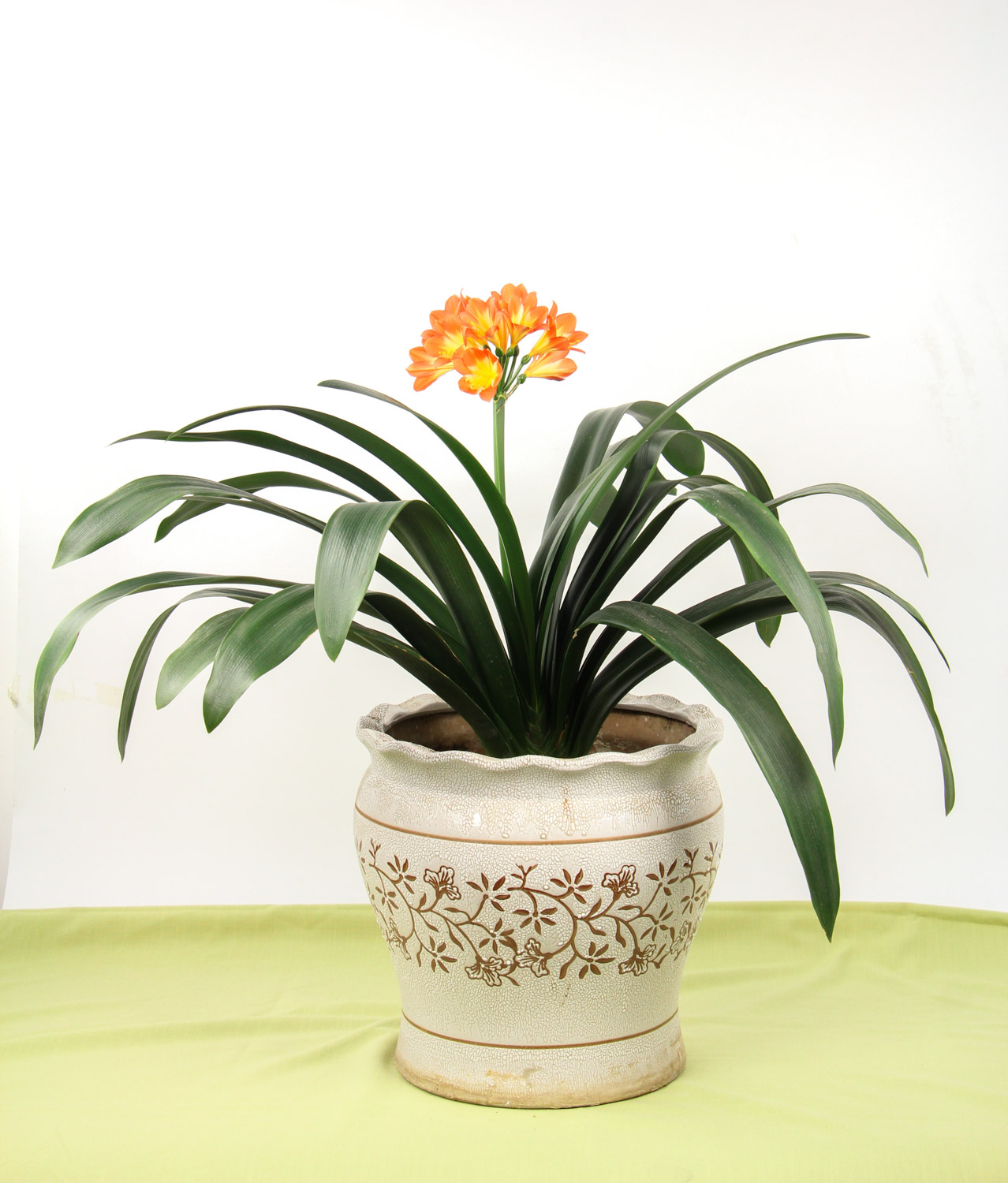
6、 Diseases and insect pests
In the process of curing Clivia, there may be insects such as scale insects. Observe them in time. Once found, wipe them off with a soft cloth or waste toothbrush as soon as possible. It is not recommended to kill with pesticides. It can be controlled by catching it manually

 how many times do yo...
how many times do yo... how many planted tre...
how many planted tre... how many pine trees ...
how many pine trees ... how many pecan trees...
how many pecan trees... how many plants comp...
how many plants comp... how many plants can ...
how many plants can ... how many plants and ...
how many plants and ... how many pepper plan...
how many pepper plan...

